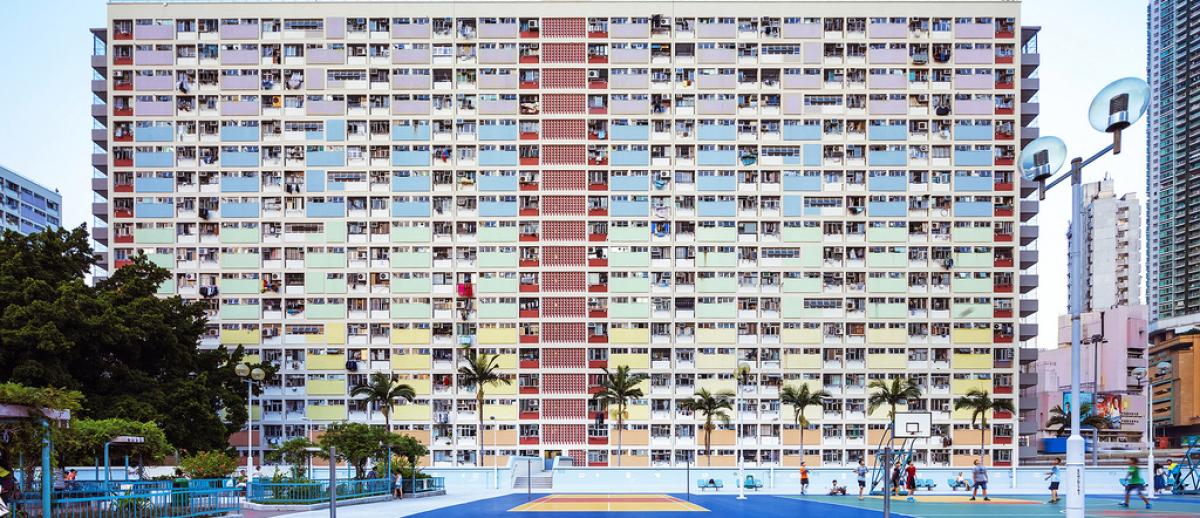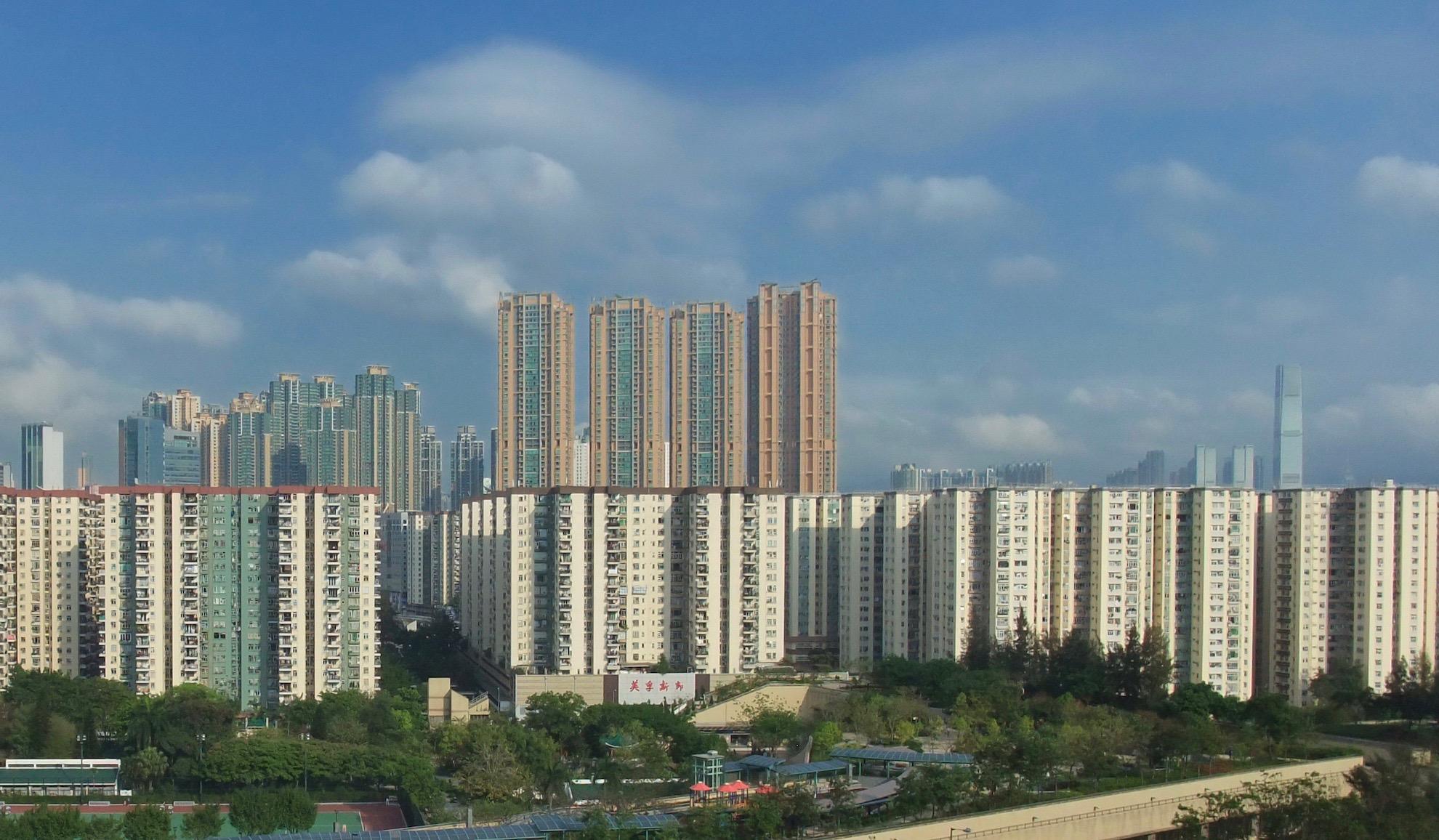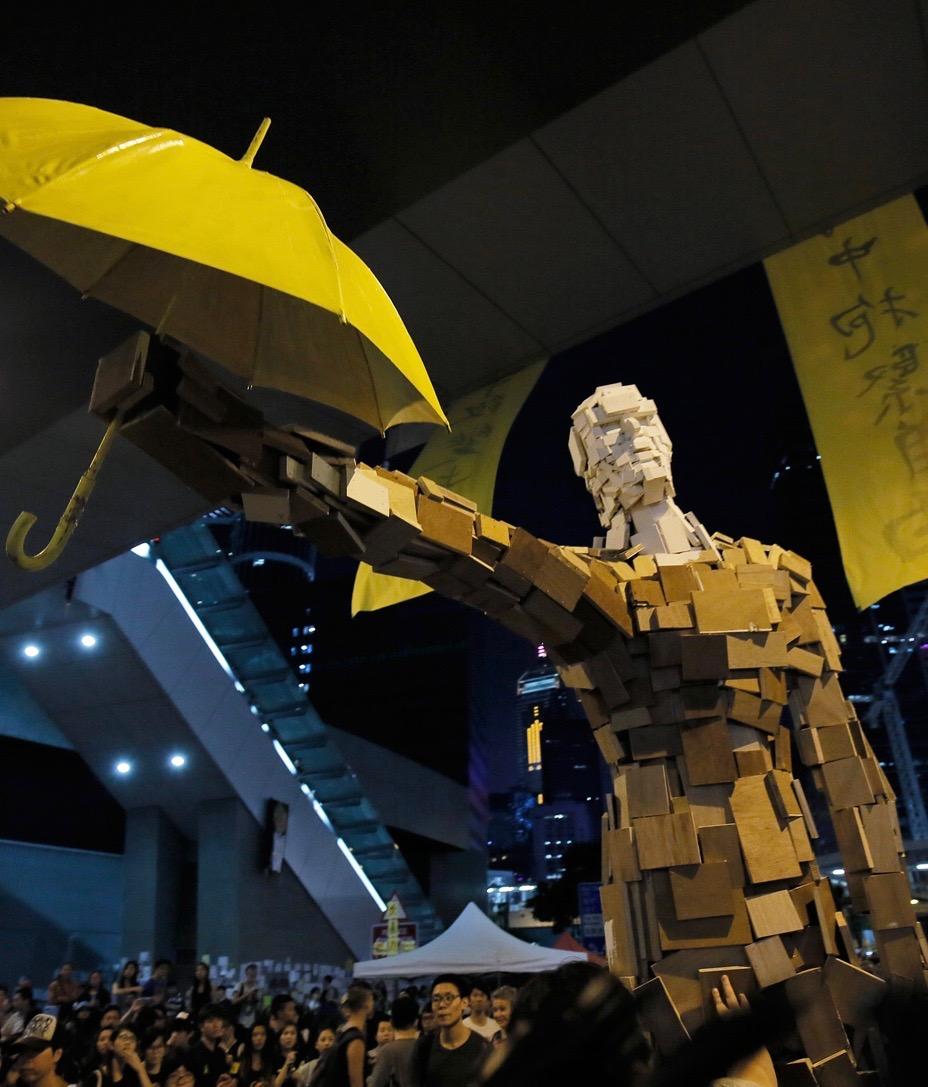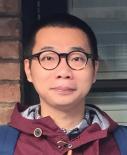Homeownership in Hong Kong: Historical Formation and Political Effect
archive


Choi Hung public housing estate, Hong Kong
Homeownership in Hong Kong: Historical Formation and Political Effect
Hong Kong, a global financial hub, is well-known for being the world's "freest" economy according to the Index of Economic Freedom. Yet Hong Kong is also a heavily polarized city with the highest rich-poor gap across developed societies, and the least affordable private housing market in the world. One peculiar phenomenon in this rich yet socially divided society is that despite soaring housing prices, achieving homeownership has been the most sought-after life goal across the population. The present essay discusses the historical formation of this phenomenon. The case of Hong Kong between the 1960s and 1990s can shed light on how the prospect of homeownership raised popular expectations of moving towards a better life. Recently, however, those hopes have been dashed and the fallout has implications for politics in Hong Kong and in many other cities around the world that are suffering from housing shortages.
A great transformation in tenure choices and housing ideas took root in Hong Kong starting in the 1960s. During the preceding decade, the population had grown dramatically as waves of refugees poured into the colonial city fleeing the ravages of World War II and China’s civil war. Many settled into shantytowns that proved dangerous and unhealthy, prompting the colonial regime to craft policies that aimed to provide improved accommodations. At first, these policies emphasized public housing, but by the late 1960s the government was trying to shift popular aspirations from public housing to private home ownership. With increased affluence and common access to financial capital through mortgage, the percentage of homeowners increased from 34.9% in 1986 to 52.2% in 2001. Underneath this transformation is a self-governing effect: people's free decision about which social path to follow, how one should conduct one’s life, and which kind of life goal one should pursue. This functions like queuing: as long as the social order works smoothly, the immediate sufferings of people who are left behind can be compensated by the hope of moving forward in the future.
Since the late 1970s the colonial state constructed a "housing ladder" that has paved an upwardly mobile imagination—from public rental housing to subsidized homeownership under a discount scheme that ranged from 30% to 40%, and then to the private housing market. In navigating this housing ladder, a capable citizen is expected to conduct her or his life through self-effort. The state can provide help along this path, but one should mostly rely on oneself and eventually achieve private homeownership at the end. The colonial state repeatedly sent out this message to the population: "Hong Kong is not, in the full sense, a welfare state. People are expected to stand on their own feet, a principle which accords with their proud and independent spirit." (Faure & Lee, 2004, p. 266) The subsidized homeownership program was put into practice under the same discourse of self-reliance, while the colonial state insisted on the principle that "housing subsidies should be given only to those who are really in need of them." (Address by the Governor, 1986)
Since the late 1970s the colonial state constructed a "housing ladder" that has paved an upwardly mobile imagination...
The discourse of self-reliance is not a simple top-down construction. The discourse articulates with the general public's aspiration to realize "choice" and "independence" in the private housing market. The classic example of Mei Foo Sun Chuen, the first large-scale private housing estate, showcased in the late 1960s a local middle class in the making who attached to their goal of homeownership two layers of meaning—individual choice and optimism towards the future. About the former, the middle class of the late 1960s asserted that homeownership is pleasurable when one finds that one has the freedom to choose where one wants to live.
"…the flat in Mei Foo is not an assigned accommodation based on waiting lists in the Housing Authority headquarters; Mei Foo was a choice made, and part of the pleasure of the new environment is the pleasure of a choice well made." (Rosen, 1976, p. 214)
The pleasure of choice was connected with a social imagination that one can control one’s fate by being successful economically. This was an unprecedented, valuable experience to many refugees in Hong Kong who had suffered from diasporic insecurity on a long journey from the Second World War, the Civil War, and the political movements of the 1940s to 1960s in Communist China. They took the chance to move upward on the social ladder in Hong Kong. This experience whose material proof was homeownership granted them a sense of controlling their fate even in the face of potential future political turbulence.
"The security offered in the Mei Foo model lies in the freedom it permits those who attain it to take some measure of control over the rest of their lives. Many will and already have become immigrants, but none will ever again be refugees." (Ibid., p. 209)
The life goal people aspire to in homeownership has qualitatively shifted as well. Now, beyond the basic requirement of having a bigger and safer shelter, the ideal of the good life in homeownership is about a house that is comfortable, peaceful, and quiet. Promotional language for the Mei Foo Sun Chuen estate emphasized a "well-equipped bathroom, built-in wires, television and telephone lines as well as the nearby garden, community facilities and leisure grounds." (Ng, 2010, p. 32) The combination of serenity, comfort, and self-sufficiency became the standard of subsequent private housing estates in the 1970s.

Mei Foo Sun Chuen private housing estate, Hong Kong
This middle-class lifestyle also quickly became the shared aspiration of the good life in an increasingly affluent society. For instance, public housing estates were developing with the same ideals. In the 1950s, securing public housing was mainly a survival concern. Residents even complained that having basketball and badminton courts in the public housing estates increased the appetite of their children for exercise and entertainment, and worried about its effect on family expenditures. By the early 1980s, public housing estates had already begun to look up to the standards of private ones. Sea views, community centers, kindergartens, nurseries, sports facilities, children playgrounds, and shopping arcades became issues about which public housing residents were concerned.
A competition of symbolic distinction between public and private housing estates gradually emerged. The private estates further raised the benchmark of amenities to distinguish themselves from the public facilities. Private housing estates aimed for the standard of the hotel, with luxurious decorated lobbies and public corridors. These estates also included facilities like clubhouses, Romanesque fountains, and large gymnasiums.
The Political Ramifications of ‘Queuing’
As mentioned above, homeownership in Hong Kong between the 1960s and 1990s had the political effect of channeling people's free conduct along a strategically constructed social path toward attaining life goals. Yet this was grounded in a vulnerable condition of possibility. In the context of rapid economic development, one person's gain was not seen as another person's loss and thus not the target of enviousness. Losers could wait and their discontent could be compensated by fancying their chance of moving forward on the social ladder and housing path in the future. This condition has disappeared in today's Hong Kong following the dysfunction of the housing ladder starting after the suspension of the subsidized homeownership program in 2002, and soaring private housing prices since 2008 due to the wall of money flooding the market after the Global Financial Crisis. Now young adults are stuck on the path towards homeownership: they desire it as a life goal, yet cannot achieve it through "self-reliant" efforts like career and education.
We can make sense of the political effect by comparing the current era with the preceding period of home ownership expansion. One way to do so is to employ the analogy of queuing for a bus at a bus stop. (Hage, 2009) From the 1960s to 1990s, people queued up as a collective that joined together contingently without any group identity. A queue in this context was merely "a plurality of isolations," (p. 103) with people joining and leaving at different times. In this analogy the queue symbolizes social order, and its individualization and self-governing effect worked as long as the queue continued to distribute social resources in an orderly and smooth manner.
Now young adults are stuck on the path towards homeownership: they desire it as a life goal, yet cannot achieve it through "self-reliant" efforts like career and education.

Umbrella Man — Hong Kong protests, 2014
Recently, however, the self-governing queue of homeownership has been disrupted by the crisis of collective stagnation: what if the bus does not come? When waiting turns into "being stuck" endlessly in the queue, it provides a shared experience, a topic and a language for a group of isolated individuals to communicate with one another. Through conversation and discussion, these individuals find out that the people around them are fellows who share the same unbearable suffering from endless waiting in a stagnant context. The sense of immobility or ‘stuckness’ "triggers the questioning of the existing social arrangement and leads to […] social upheaval." (p. 104) With this experiential and emotional foundation, the isolated individuals have the potential to join together as a collective group to complain about the ‘disappeared bus’ and take action to find out the reasons behind it.
The dysfunctioning of the housing ladder can thus be seen as one of the underlying reasons for the political discontent behind the Umbrella Movement in Hong Kong in 2014. Young adults' discontent is not only about being unable to share the fruit of economic development; it is also about the sense of being stuck in a present from which they can no longer see the path leading forward. The economic stuckness, together with stagnation in the political system and social polarization in terms of income and employment structures, are the base of potential political energy where individuals can turn into an active collective. However, this transition is not automatic, and is precisely the battlefield in which various forces struggle to articulate different directions.
Address by the Governor, Sir Edward Youde, at the opening of the 1986/87 Session of the Legislative Council. (October 8, 1986) Hong Kong: Government Printer.
Address by The Governor, Sir Murray MacLehose, at the opening session of the Legislative Council. (October 1, 1980). Hong Kong: Government Printer.
Cheung, S. C. H. and Ma, E. K. W. (2005). "Advertising Modernity–Home. Space and Privacy." Visual Anthropology Volume 18, Issue 1, pp. 65-80.
Hage, G. (2009). "Waiting out the Crisis: On Stuckedness and Governmentality." In G. Hage (ed.), Waiting. Carlton, Vic.: Melbourne University Press. (97-106).
Faure, D., & Lee, P. (2004). Economy (Documentary history of Hong Kong). Hong Kong: Hong Kong University Press.
Koo, A. C. H. (2001). Beyond the Hong Kong Dream - Housing Experience and Social Ethos in Hong Kong. Hong Kong: University of Hong Kong.
Lui, T. L. (1995). "Coping Strategies in a Booming Market: Family Wealth and Housing in Hong Kong." In R. Forrest & A. Murie (eds.), Housing and Family Wealth: Comparative International Perspectives. London: Routledge. (108-132)
Mitchell, R. E. (1969). Family Life in Urban Hong Kong. Unpublished Project Report of the Urban Family Life Survey. [S.l. : s.n.]
Ng, C. H. (2010). "From 'Shelter' to 'Home' – How do we grow up?" In Get lively with homes design: The look of Hong Kong homes & households, 1960s-2000s: Visual arts thematic exhibition. Xianggang : Wen hua hu lu. (24-33).
Rosen, S. (1976). Mei Foo Sun Chuen: Middle-Class Chinese Families in Transition. Taiwan: Orient Cultural Service.
Wong, T. W. P. (1995). "Economic Culture and Distributive Justice". In Lau, S. K., et al (eds.) Indicators of Social Development: Hong Kong 1995. Hong Kong: The Chinese University of Hong Kong. Pp. 367 – 398



